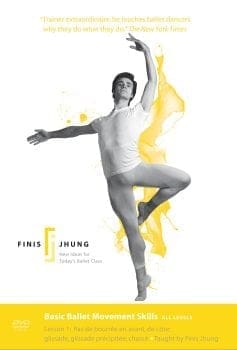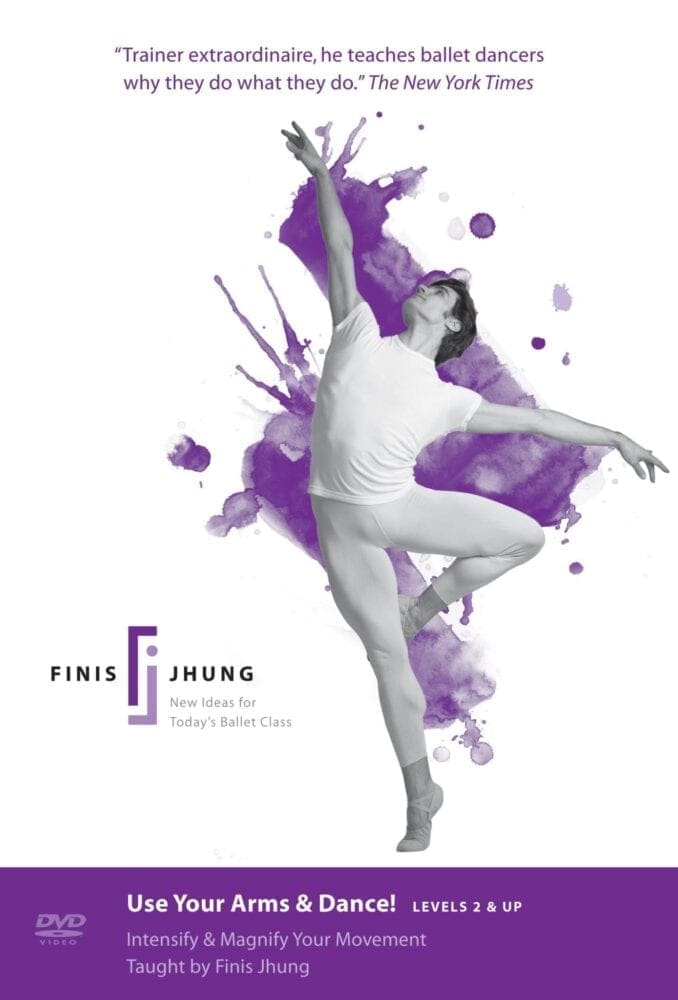Glide Your Glissade: When you glissade sideways in second position, keep your body over the foot that pushes, not the foot that glides or brushes out. In general, students tend to let their bodies follow the foot that brushes out which makes them clunk or lurch over that foot and creates a movement that looks abrupt and uncontrolled. If you are making a glissade to the left side, you should reach to the right and keep your head connected to the right foot while the left foot brushes out. When the right foot pushes away from the floor, your body will be pushed up and over to the left foot, and the right foot that just pushed will then brush into the fifth position. When moving to the left, look towards the diagonal right and keep your weight to the right. In other words, don’t let the foot that brushes out pull your body to it. Wait for the foot that is going to brush in (the right foot) to push you away from the floor and over to the foot that brushed out. Done this way, your movement GLIDES smoothly and gracefully across the floor—which is why it is called a GLISSADE. This movement is broken down and demonstrated beautifully by City Ballet Soloist Antonio Carmena in the Finis Jhung instructional video “Basic Ballet Movement Skills Lesson 1.”




